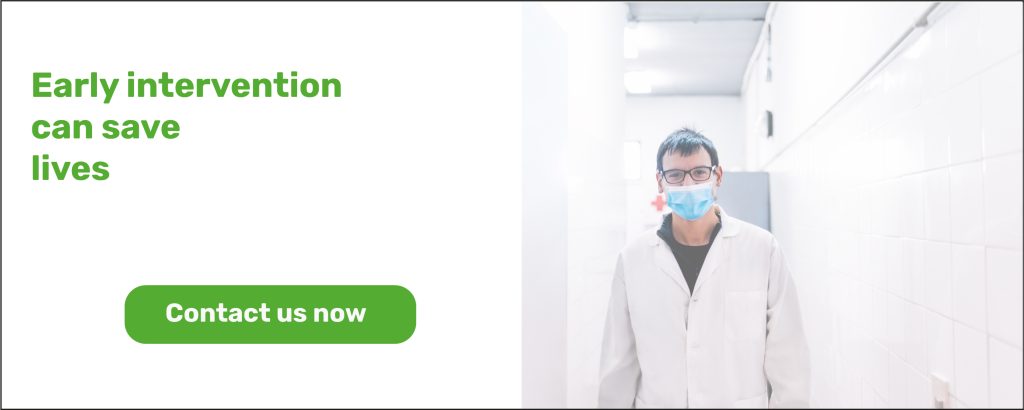Commercial Driver’s License (CDL) holders are the backbone of the transportation system, ensuring goods are delivered safely and on time. However, the pressures of long hours, tight schedules, and extended periods away from home can sometimes lead to substance abuse. Identifying the signs early and implementing effective intervention strategies are crucial for maintaining road safety and supporting drivers’ well-being.
Common Signs of Substance Abuse
- Physical Indicators
Bloodshot Eyes: Persistent redness or watery eyes can indicate drug or alcohol use.
Sudden Weight Changes: Rapid loss or gain in weight might be a red flag.
Poor Coordination: Difficulty with balance, staggering, or impaired motor skills are clear warning signs.
- Behavioral Changes
Mood Swings: Uncharacteristic anger, irritability, or depression.
Lack of Concentration: Difficulty focusing, forgetfulness, or making frequent mistakes.
Unexplained Absences: Frequent or unexplained time off or tardiness.
- Performance Issues
Declining Work Quality: A noticeable drop in the standard of work, missed deadlines, or increased errors.
Frequent Accidents or Near-Misses: A sudden rise in driving incidents can indicate impaired judgment.
Ignoring Safety Protocols: Disregard for established procedures and safety measures.
Early Intervention Strategies
- Create a Supportive Environment
Open Communication: Foster an environment where drivers feel safe discussing their challenges without fear of retribution.
Confidentiality Assurance: Ensure that any disclosures of substance abuse are handled with the utmost confidentiality to encourage openness.
- Education and Training
Regular Workshops: Conduct training sessions on recognizing substance abuse and understanding its risks.
Resource Availability: Provide materials and resources that educate about the dangers of substance abuse and the importance of seeking help.
- Implement a Comprehensive Substance Abuse Program
Regular Testing: Conduct drug and alcohol tests in compliance with DOT regulations.
Clear Policies: Establish and communicate clear policies regarding substance abuse, including the consequences and support systems.
- Provide Access to Support Services
Employee Assistance Programs (EAPs): Offer programs that provide confidential counseling and support services.
Rehabilitation Resources: Ensure drivers have access to rehabilitation programs and support groups.
- Monitor and Follow Up
Regular Check-ins: Schedule consistent check-ins with drivers to discuss their well-being and performance.
Progress Tracking: Keep detailed records of incidents and improvements to monitor progress and provide ongoing support.
The Road Ahead
Addressing substance abuse among CDL drivers requires vigilance, empathy, and a structured approach. By recognizing the signs early and implementing effective intervention strategies, we can help ensure the safety of our roads and support the health and well-being of our vital drivers. Remember, early detection and a supportive response can make all the difference in keeping our transportation system safe and efficient.


